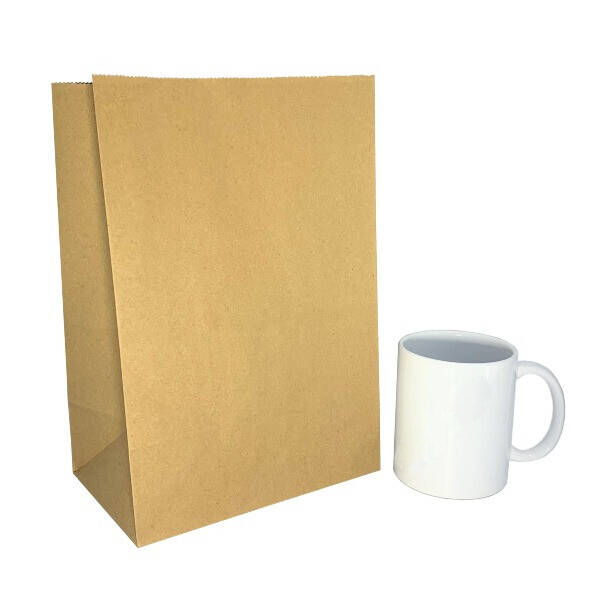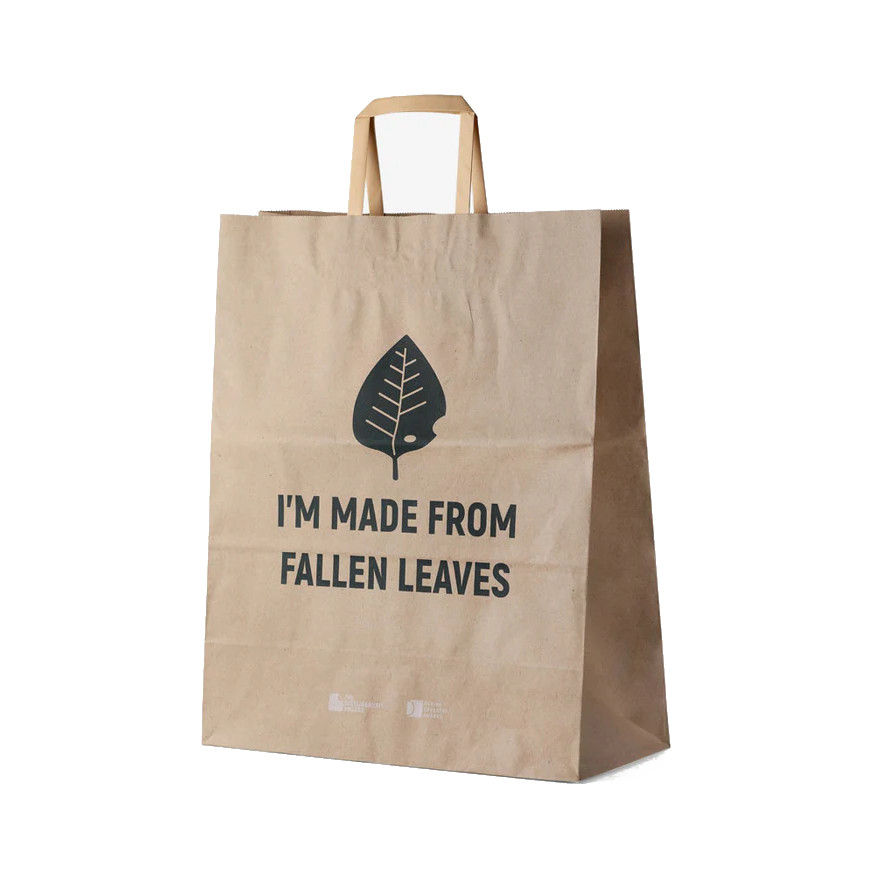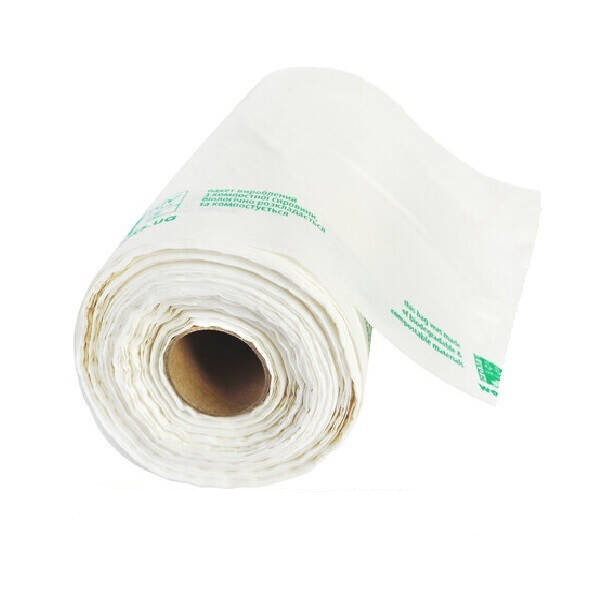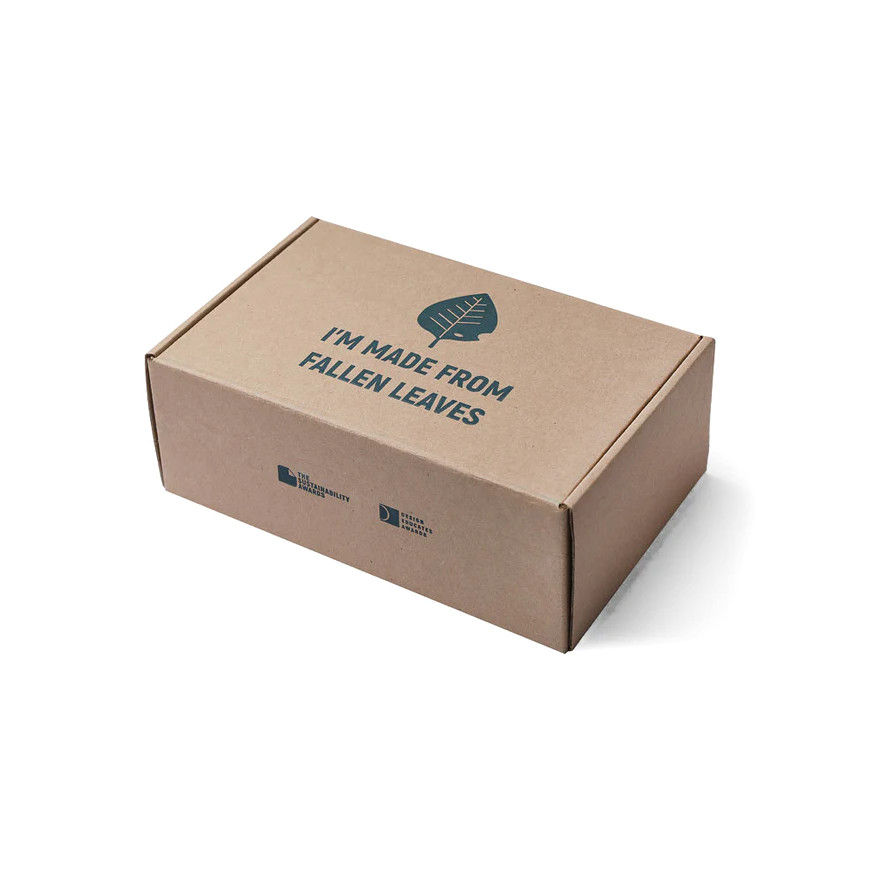Details of "t-shirt" bags with your logo
| Popular parameters | ||||||
| Size, сm (width * height) |
27*45 | 30*50 | 36*55 | 40*60 | 43*64 | 45*75 |
| Thickness, μm | 51 | 51 | 51 | 51 | 51 | 51 |
Details of die-cut "banana" bag
| Popular parameters | ||||||
| Size, сm (width * height) |
20*30 | 30*40 | 40*50 | 50*55 | 50*70 | 74*55 |
| Thickness, μm | 51 | 51 | 51 | 60 | 70 | 70 |
Biodegradable bags are environmentally friendly products made from plant-based raw materials, primarily corn starch, obtained through the biosynthesis of organic substances. These bags decompose into water, carbon dioxide, and biomass within a few months when composted.
Biodegradable Bags – The Choice for Conscious Buyers
Biodegradable bags are compostable packaging made from organic materials such as corn or potato starch. They break down under the influence of microorganisms into organic components within a few months under specific conditions. Visually, they are nearly indistinguishable from synthetic polyethylene: they are opaque, have similar strength characteristics, and serve the same practical purposes.
In several European countries, polyethylene bags have been completely banned for years. As a result, companies have adapted their production to manufacture biodegradable, convenient, durable, and aesthetically pleasing flexible packaging for food and industrial goods in compliance with international quality standards. Such packaging includes compostable biobags made from natural starch-based materials that undergo biodegradation and are marked accordingly (on every unit of production).
Comparison table of characteristics of plastic and biodegradable bags:
|
Characteristic |
Plastic Bags |
Biodegradable Bags |
|
Material |
Low/high-density polyethylene (PE, HDPE, LDPE) |
Starch, PLA (polylactide), PHA, or a blend of natural polymers |
|
Eco-Friendliness |
Long decomposition time (up to 500 years), often pollutes the environment |
Fully decomposes within 3-6 months under composting conditions |
|
Durability |
High, resistant to stretching and mechanical damage |
Depends on composition, generally less durable than plastic bags |
|
Cost |
Low production cost |
Higher cost due to natural raw materials |
|
Decomposition in Nature |
Does not decompose under normal conditions |
Decomposes under natural environmental factors (humidity, temperature) |
|
Recyclability |
Yes, but requires infrastructure for collection and sorting |
Limited recycling, more commonly processed through organic composting |
|
Health Impact |
Possible release of toxins when burned |
Safe, does not emit toxic substances during disposal |
|
Custom Printing Capability |
Yes, easy to print logos and other images |
Yes, but requires specialized printing technology |
|
Business Applications |
Versatile, suitable for transport, storage, and packaging |
Attractive for brands with an eco-conscious approach |
Cornstarch-Based Biodegradable Bags: Description and Key Characteristics
Cornstarch-based biodegradable bags are made from bio-based plastic. This self-degrading bioplastic is created from natural, plant-based materials and serves as natural food for simple and multicellular organisms. This means that bacteria and fungi decompose these materials under specifically created favorable conditions.
What Conditions Are Required for Decomposition? The EN 13432 standard, "Bioplastics: The Importance of," clarifies the provisions of Directive 94/62/EC, stating that biodegradable packaging must undergo physical, chemical, thermal, or biological decomposition into organic substances. Compostable packaging must also be biodegradable.
The EN 13432 standard specifies that packaging can only be considered compostable if it degrades by at least 90% into fragments smaller than 2 mm within three months under specific conditions and decomposes 90% or more within six months. During this process, compostable materials metabolically convert into carbon dioxide. The resulting compost is agronomically valuable and non-toxic to plants.
Not all compostable polymers are biodegradable, and vice versa. Therefore, guaranteed biodegradable bags can only be purchased from manufacturers who use natural raw materials and adhere to the technology. Even experts cannot visually distinguish between compostable polyethylene and non-compostable (counterfeit) polyethylene.
A virtually ideal source of biodegradable compostable plastics is starch, a homopolysaccharide made of amylose and amylopectin. Starch is abundant in corn and potatoes, making it a renewable resource suitable for producing eco-friendly bags.




